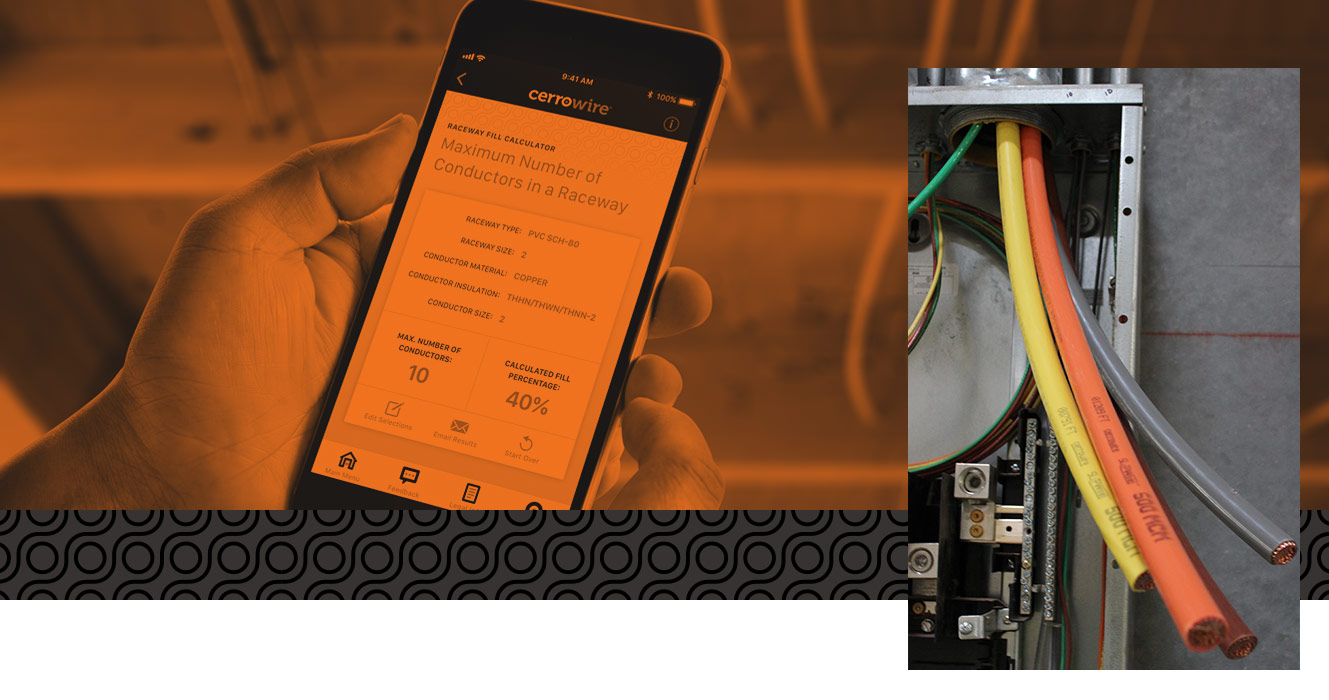You continue to misrepresent the capabilities of MPPT charge controllers. The Morningstar data sheet you linked says this:
Emphasis mine... putting more PV on the controller and allowing the controller to run at max output will not hurt the controller. Doesn't get any clearer than that. Nominal operating power is not the same as allowable array rating.
I absolutely agree that if the S-550 batteries are used, a 40 A charge controller is undersized, and 45 A or 50 A is a better choice. The reason is *not* because there is too much array for the charge controller to handle, it is only because a better design delivers at least C/10 charge current.
*Input power can exceed Nominal Maximum Operating Power, but controller will limit and provide its rated continuous
maximum output current into batteries. This will not harm the controller (reminder: do not exceed Voc).
maximum output current into batteries. This will not harm the controller (reminder: do not exceed Voc).
I absolutely agree that if the S-550 batteries are used, a 40 A charge controller is undersized, and 45 A or 50 A is a better choice. The reason is *not* because there is too much array for the charge controller to handle, it is only because a better design delivers at least C/10 charge current.

Comment